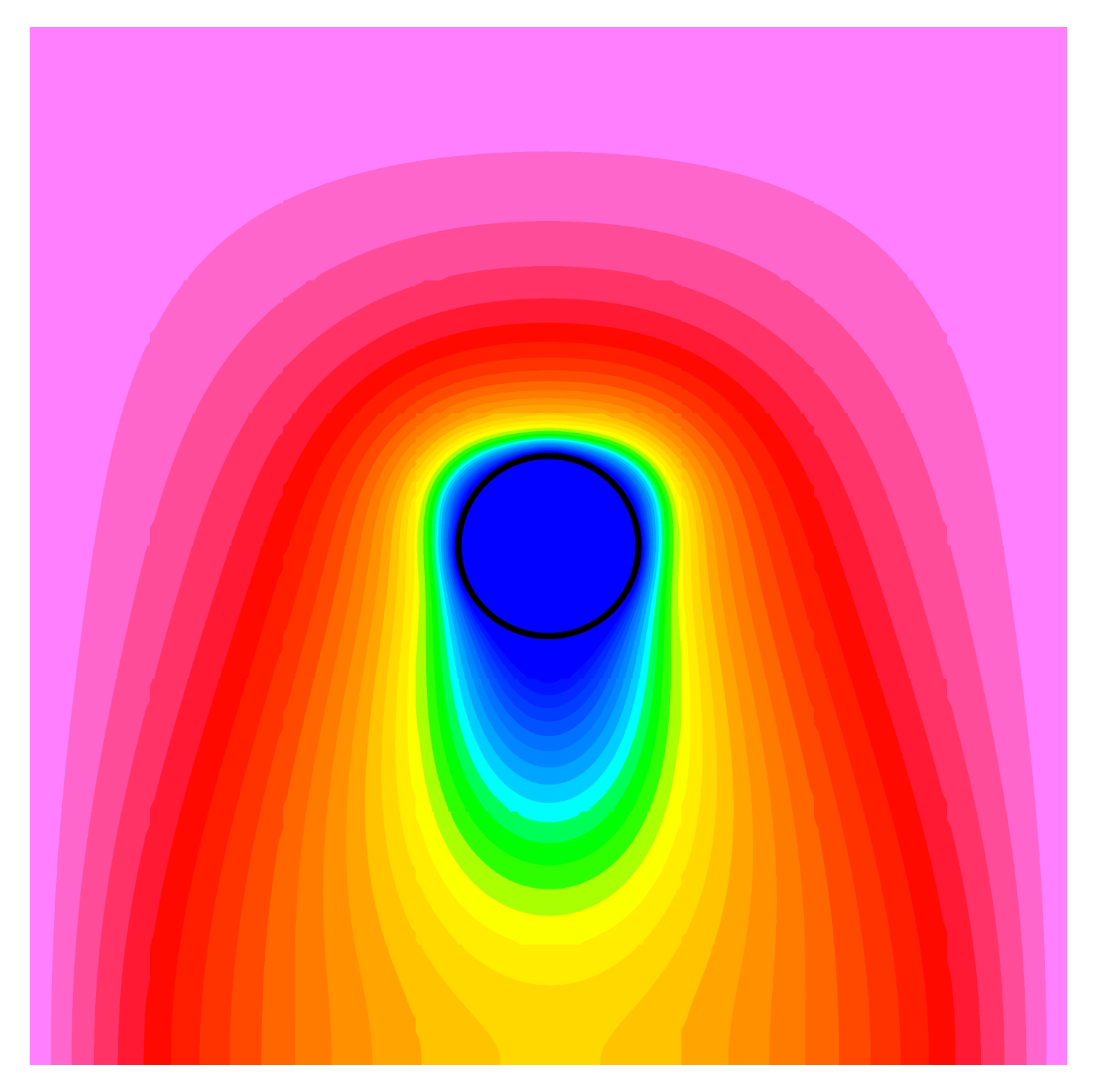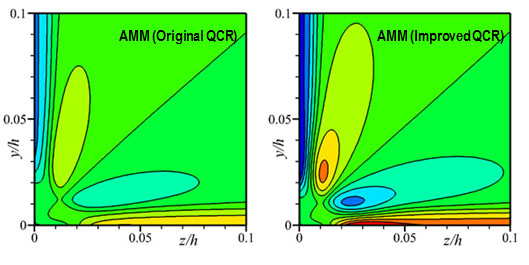Development of combustor simulation system based on physics understanding and modelling
JAXA Supercomputer System Annual Report April 2020-March 2021
Report Number: R20EDA201N06
Subject Category: Aeronautical Technology
- Responsible Representative: AOYAMA Takashi, Director, Aeronautical Technology Directrate, Numerical Simulation Research Unit
- Contact Information: MIZOBUCHI Yasuhiro(mizo@chofu.jaxa.jp)
- Members: Manabu Hisida, Taisuke Nambu, Hiroki Yao, Shogo Yasuda, Yasuhiro Mizobuchi, Hiroyuki Abe, Takeshi Okabe, Shingo Matsuyama, Mikiroh Motoe, Kazuya Uchiyama, Kei Shimura, Yoichi Ohnishi, Tetsuji Ogawa, Takuhito Kuwabara
Abstract
Development of simulation technology applicable to combustor design based on physics understanding and modelling by detailed and high-fidelity simu
Reference URL
Please refer to http://www.aero.jaxa.jp/eng/research/basic/numerical/comb/index.html .
Reasons and benefits of using JAXA Supercomputer System
World-level research in this field requires massively parallel huge computational resource and only so-called supercomputer system can provide it.
Achievements of the Year
A quadratic constitutive relation (QCR) for a nonlinear low Reynolds-number k-epsilon model (AMM) has been developed since the original QCR tends to predict a weak secondary flow near a corner. In this context, we have considered the importance of the mean streamwise vorticity and the normal Reynolds stress anisotropy in a corner flow and improved the original QCR by adding a nonlinear term regarding the mean vorticity. Figure 1 shows the contours of mean streamwise vorticity. It is shown that the improved QCR reproduces a stronger secondary flow. Also, the prediction for the skin friction is by approximately 30 percent improved for the improved QCR than for the original QCR. The results for the improved QCR are also superior to those for the QCR of the SA model, the latter being widely used in aeronautics.
An interface-resolved DNS solver including evaporation effect is developed, and a single droplet evaporation under a microgravity condition is analyzed. The present analysis results show qualitatively good agreement with the experimental ones.

Fig.2: Temperature distribution inside and outside the evaporating droplet under microgravity condition.
Publications
- Peer-reviewed papers
1) H. Abe, "Direct numerical simulation of a non-equilibrium three-dimensional turbulent boundary layer over a flat plate," J. Fluid Mech., Vol. 902, A20 (2020).
2) Nambu, T., Mizobuchi, Y., "Detailed numerical simulation of primary atomization by crossflow under gas turbine engine combustor conditions," Proceedings of the Combustion Institute Vol. 38 (2021).
3) Spalart, P.R. and Abe, H., "Some properties of wall-bounded turbulence, deduced from direct numerical simulations," Physical Review Fluids (2021).
- Invited Presentations
MIZOBUCHI Yasuhiro, "Numerical Experiment as a Learning Tool of Combustion Flow," the 58th Symposium (Japanese) on Combustion (2020).
- Oral Presentations
1) Abe, H., Mizobuchi, Y., Matsuo, Y., "Prediction of corner flow with a nonlinear eddy viscosity model ," Annual meeting of the Japan Society of Fluid Mechanics 2020.
2) Abe, H., Mizobuchi, Y., Matsuo, Y.,"Effect of a Quadratic Constitutive Relation on Juncture Flow Computations," AIAA AVIATION 2020 FORUM, 2020.
3) Nambu, T., Mizobuchi, Y., "Numerical analysis for evaporation of a single droplet by interface-resolved DNS," the 58th Symposium (Japanese) on Combustion, 2020.
4) Nambu, T., Mizobuchi, Y., "Detailed numerical simulation of primary atomization by crossflow under gas turbine engine combustor conditions," the 38th International Symposium on Combustion, 2021.
Usage of JSS
Computational Information
- Process Parallelization Methods: Either MPI or XPFortran
- Thread Parallelization Methods: OpenMP
- Number of Processes: 1 - 512
- Elapsed Time per Case: 2000 Hour(s)
Resources Used(JSS2)
Fraction of Usage in Total Resources*1(%): 6.15
Details
Please refer to System Configuration of JSS2 for the system configuration and major specifications of JSS2.
| System Name | Amount of Core Time(core x hours) | Fraction of Usage*2(%) |
|---|---|---|
| SORA-MA | 37,262,414.02 | 7.05 |
| SORA-PP | 19,282.63 | 0.15 |
| SORA-LM | 3,281.65 | 1.93 |
| SORA-TPP | 0.00 | 0.00 |
| File System Name | Storage Assigned(GiB) | Fraction of Usage*2(%) |
|---|---|---|
| /home | 1,734.78 | 1.59 |
| /data | 37,629.75 | 0.73 |
| /ltmp | 7,369.06 | 0.63 |
| Archiver Name | Storage Used(TiB) | Fraction of Usage*2(%) |
|---|---|---|
| J-SPACE | 51.21 | 1.70 |
*1: Fraction of Usage in Total Resources: Weighted average of three resource types (Computing, File System, and Archiver).
*2: Fraction of Usage:Percentage of usage relative to each resource used in one year.
Resources Used(JSS3)
Fraction of Usage in Total Resources*1(%): 2.29
Details
Please refer to System Configuration of JSS3 for the system configuration and major specifications of JSS3.
| System Name | Amount of Core Time(core x hours) | Fraction of Usage*2(%) |
|---|---|---|
| TOKI-SORA | 16,092,487.29 | 3.46 |
| TOKI-RURI | 28,379.91 | 0.16 |
| TOKI-TRURI | 0.00 | 0.00 |
| File System Name | Storage Assigned(GiB) | Fraction of Usage*2(%) |
|---|---|---|
| /home | 2,357.10 | 1.62 |
| /data | 60,042.20 | 1.01 |
| /ssd | 2,833.73 | 1.48 |
| Archiver Name | Storage Used(TiB) | Fraction of Usage*2(%) |
|---|---|---|
| J-SPACE | 51.21 | 1.70 |
*1: Fraction of Usage in Total Resources: Weighted average of three resource types (Computing, File System, and Archiver).
*2: Fraction of Usage:Percentage of usage relative to each resource used in one year.
JAXA Supercomputer System Annual Report April 2020-March 2021



